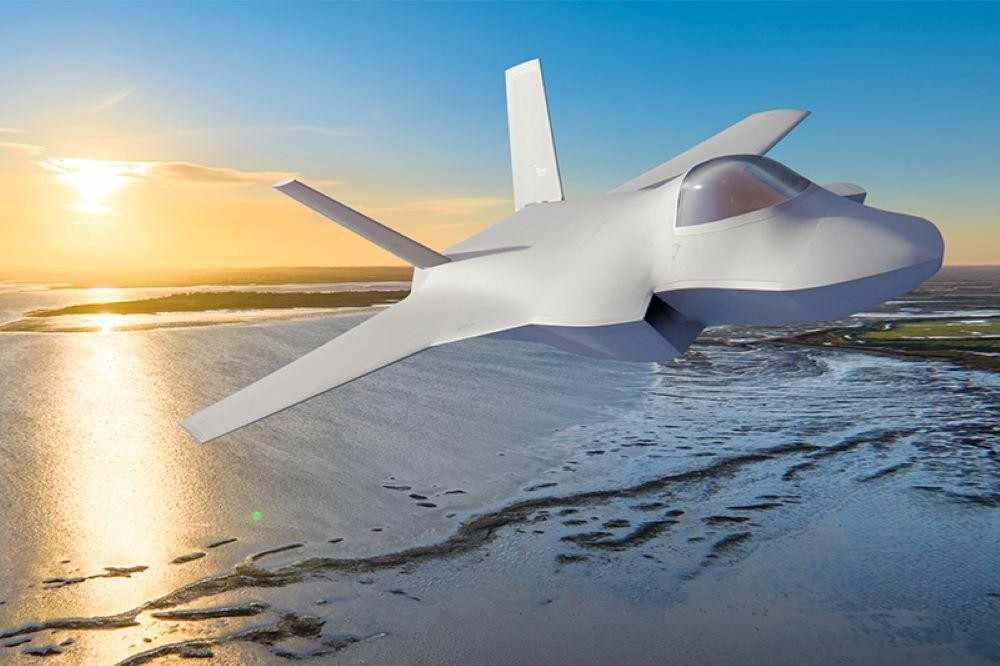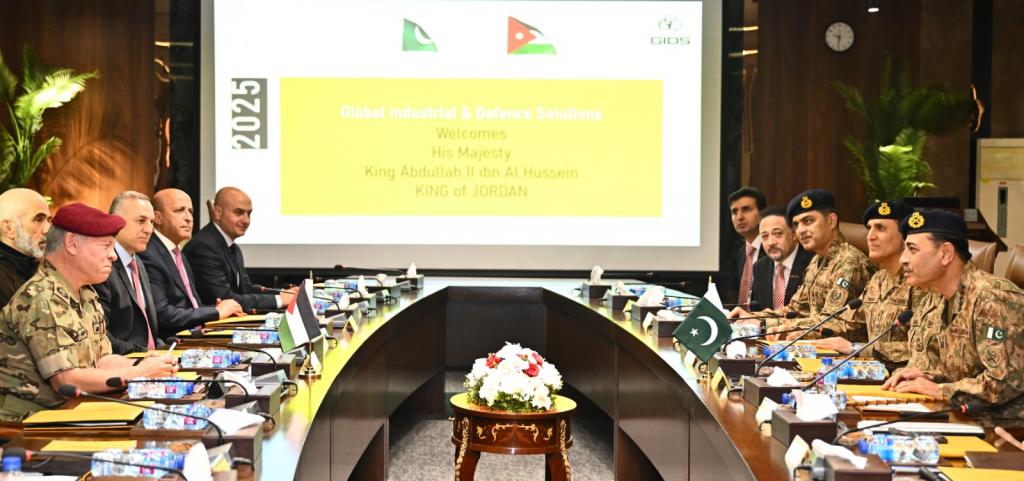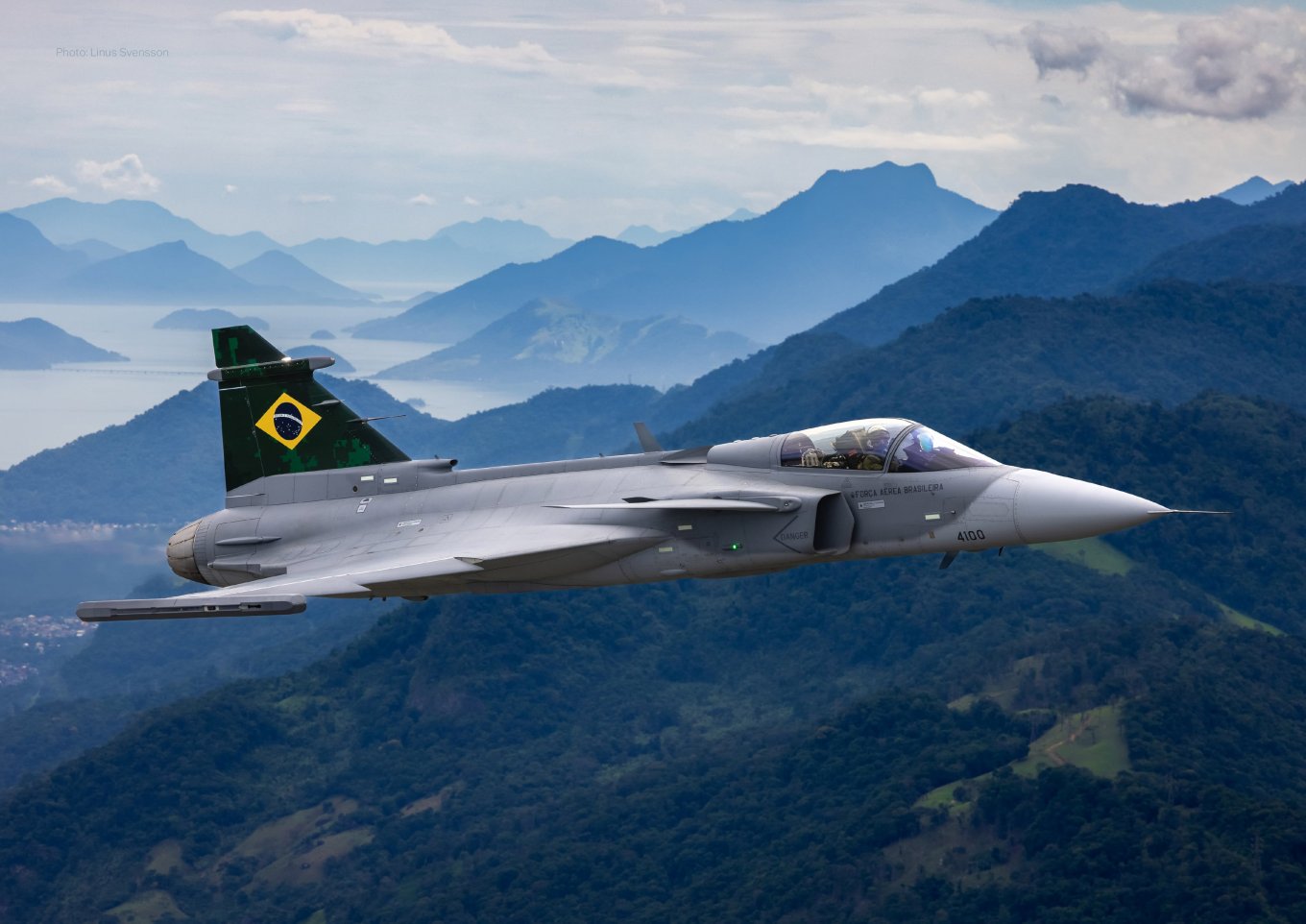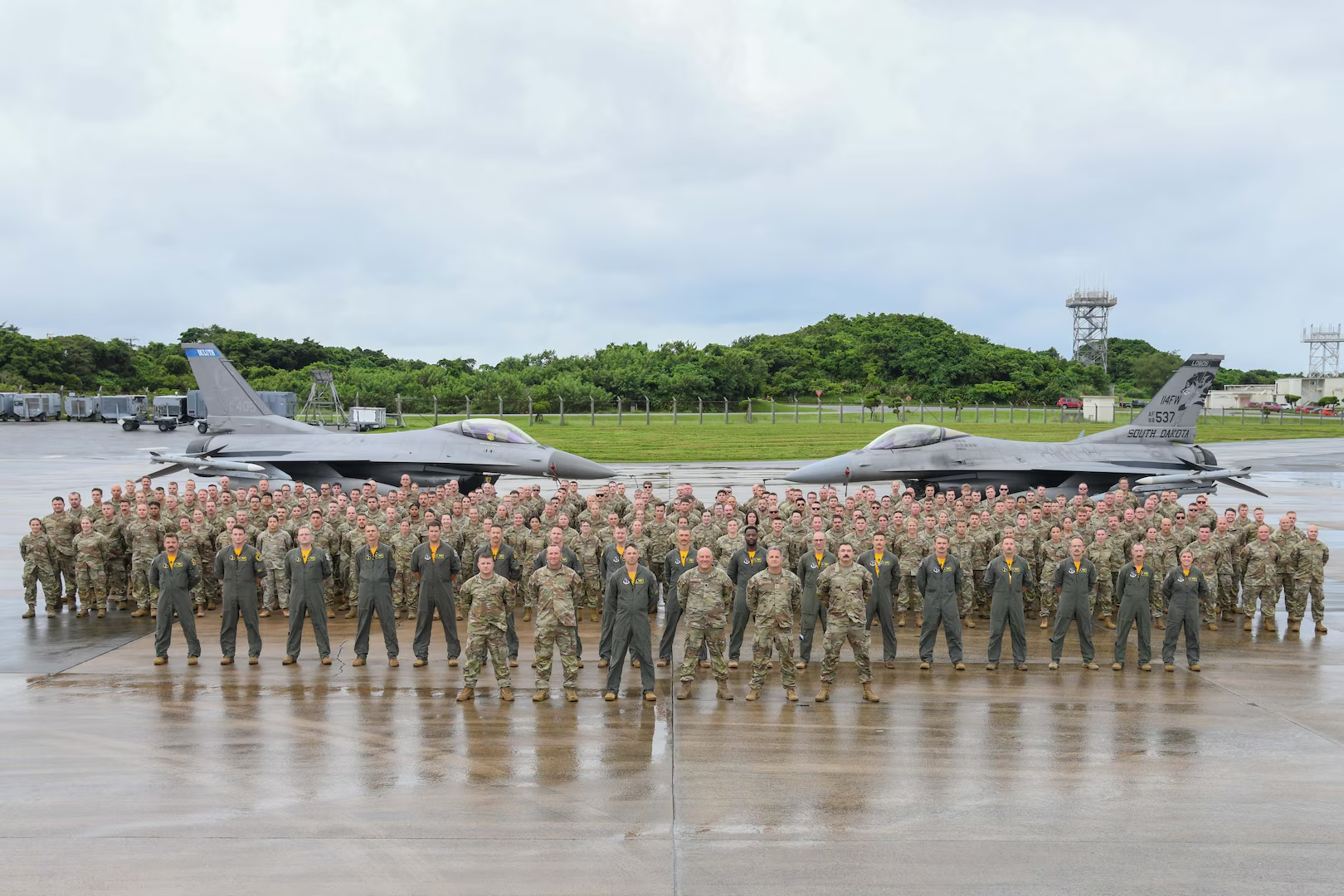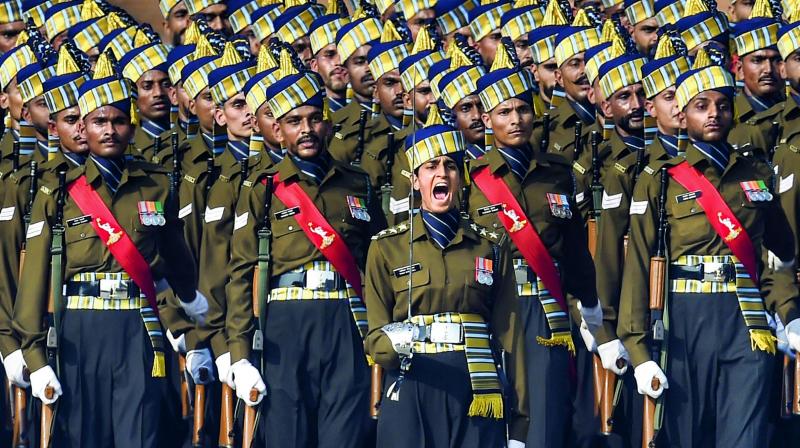BAE Systems has unveiled new design features of its forthcoming combat air demonstrator that will help de-risk and refine the development of the Global Combat Air Program (GCAP), a multinational next-generation fighter initiative led by the UK, Italy, and Japan.
The supersonic, twin-engine aircraft will serve as a precursor to the GCAP fighter and is expected to fly for the first time by the end of 2027. It was revealed during the Royal International Air Tattoo (RIAT) at RAF Fairford, showcasing a modestly swept, cropped delta wing with shoulder-mounted placement and prominent Leading Edge Root Extensions (LERX).
The demonstrator appears to draw from earlier Tempest configurations, suggesting it was frozen in a prior design phase to stay on schedule. Still, its broad fuselage, wide nose, flat belly, and internal weapon bay provide aerodynamic relevance to GCAP’s evolving form.
The aircraft’s twin canted vertical stabilizers are trapezoidal and larger than those depicted in newer GCAP renderings. It is also expected to use diverterless supersonic inlets, though these are not shown in current images.
Paul Wilde, BAE Systems Platforms Delivery Director, confirmed that two-thirds of the demonstrator’s mass is now in manufacturing. Large one-piece carbon composite skins for the wing and center fuselage have been produced, with wing components sourced from an undisclosed supplier and the fuselage skin made in-house.
“We are really pushing on … it is starting to take shape across the wings, tails, main fuselage,” Wilde said.
The demonstrator will not include a radar, but the wide nose reflects the expected size of future sensor apertures. Major goals for flight testing include weapons release from the internal bay and validating low-observability (LO) features at subsonic and supersonic speeds.
Read also: Pakistan’s GIDS Set to Showcase Cutting-Edge Defense Solutions at IDEF 2025
Tony Godbold, BAE’s Future Combat Air Systems Delivery Director, emphasized the program’s role in rebuilding sovereign design capabilities: “It is a hugely complex task… The UK hasn’t developed a clean-sheet crewed fast jet since the Experimental Aircraft Programme.”
Engineers are drawing on stealth knowledge from previous programs like Taranis and conducting extensive flight simulations. Over 300 simulated flight hours have already been completed, with test pilots from both industry and the Royal Air Force involved.
Although the demonstrator is a UK-only platform, its development is integrated into Edgewing—a joint venture with Leonardo and Japan’s JAIIC—ensuring shared data supports the trilateral GCAP effort.
The final GCAP fighter is expected to enter service by 2035, replacing Eurofighter Typhoons and Japan’s F-2s.
Javeria Sajid is an Aerospace Engineering student from NUST with a background in technology and a sharp focus on the global political landscape and defence innovation. She writes to make complex defence technologies understandable, and aspires to bridge journalism, policy, and engineering in her work.
- Javeria Sajidhttps://defensetalks.com/author/javeria-sajid/
- Javeria Sajidhttps://defensetalks.com/author/javeria-sajid/
- Javeria Sajidhttps://defensetalks.com/author/javeria-sajid/
- Javeria Sajidhttps://defensetalks.com/author/javeria-sajid/


